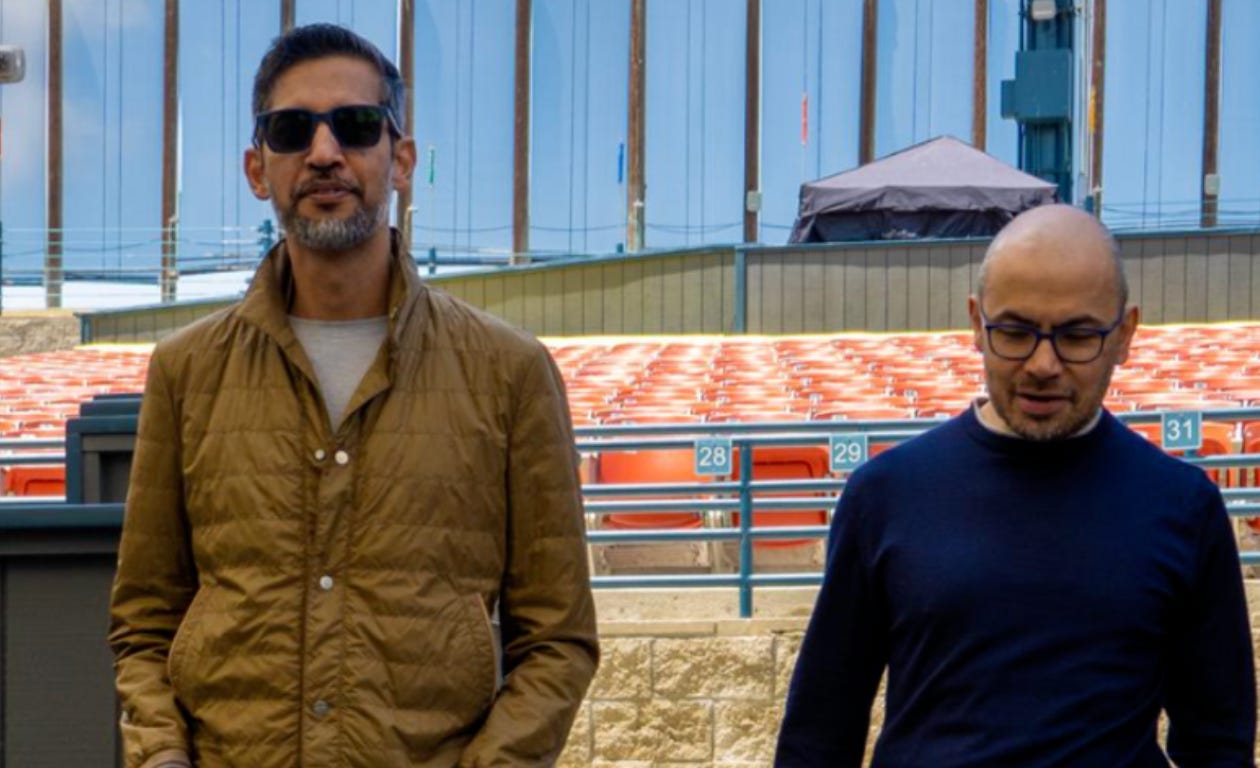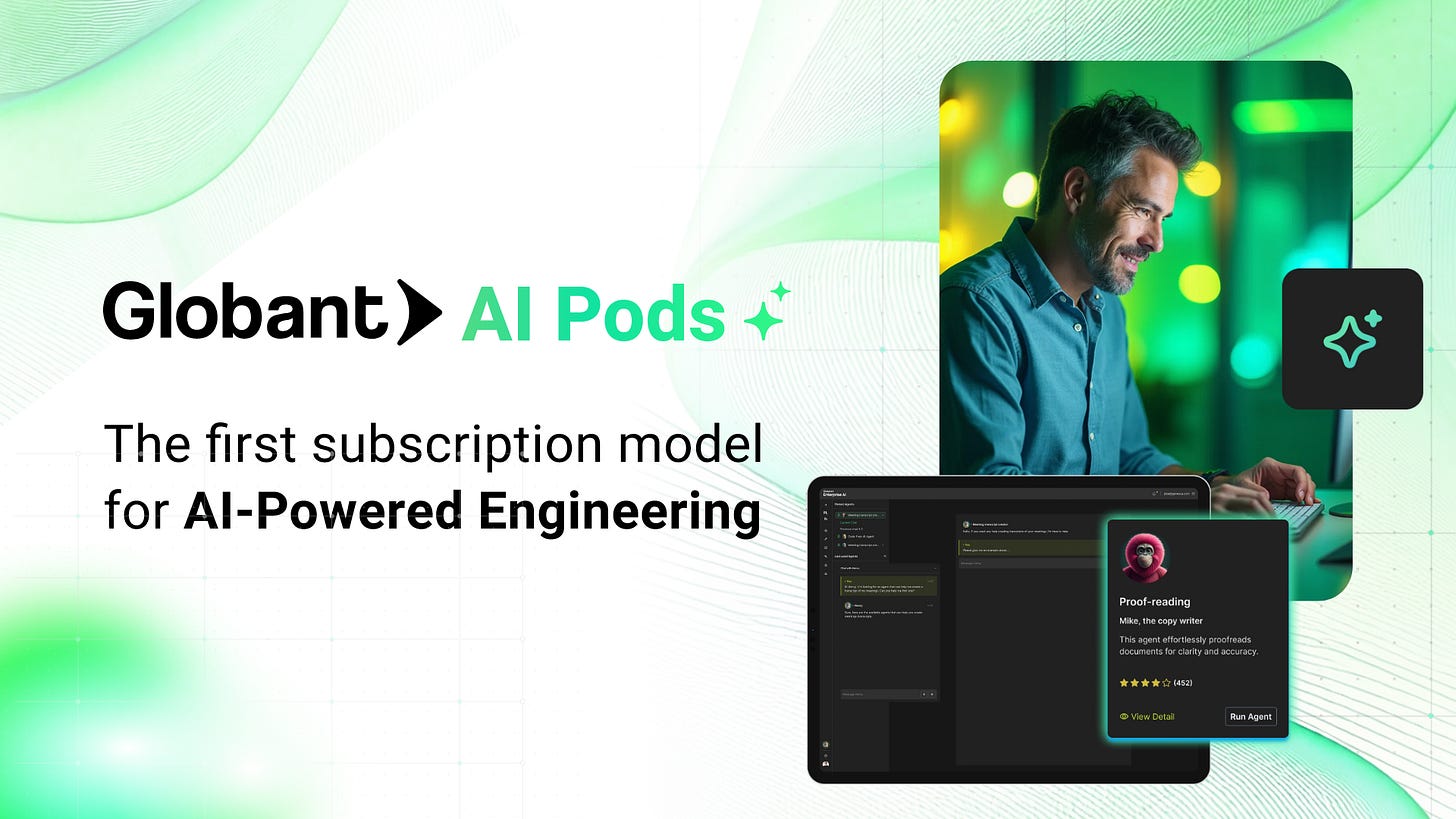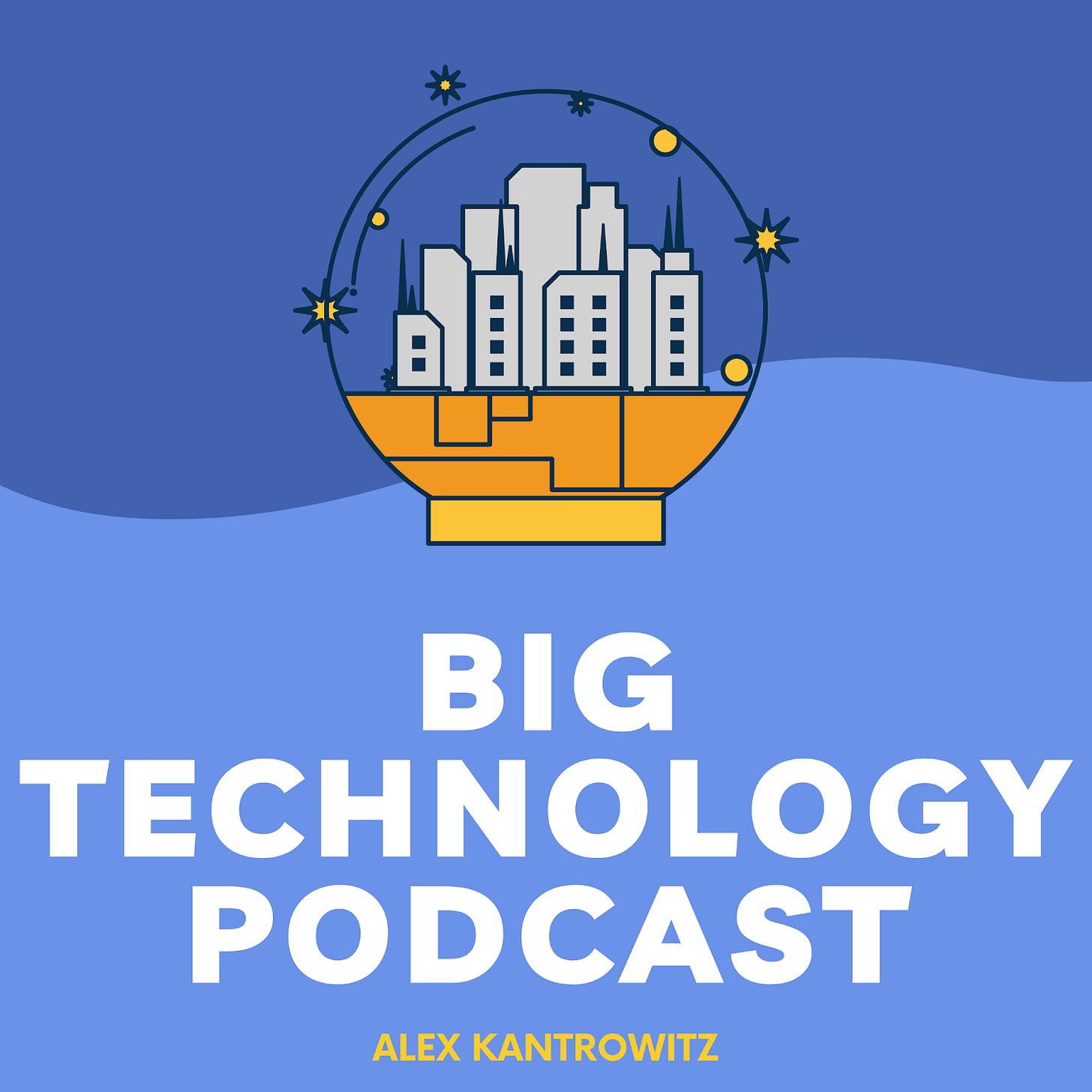How Google Pulled Off Its Stunning, Rapid-Fire AI Turnaround
A lot of focus, the right long-term investments, and a bit of luck helped Google surge in 2025.
Google came into 2025 with its AI stumbles looming large. The company’s slow start to the generative AI race turned borderline catastrophic in 2024 when its products generated images of diverse Nazis, told users to eat rocks, and couldn’t match OpenAI’s shine. AI chat was seen as a major threat to search, and outsiders didn’t see a coherent strategy. In January, Google stock was on the sale rack and murmurs about CEO Sundar Pichai’s job security floated around the internet.
We’re not quite in December and Google has masterfully reversed course. Its AI models are world class. Its products are buzzy again. Its cloud business is booming. And search is stronger than ever. Its stock is up 56% this year and, at $3.59 trillion, it just surpassed Microsoft’s market cap. Now, no serious person would question Pichai’s job status.
“It is absolutely a comeback,” Mark Mahaney, sr. managing director at Evercore ISI, told me. “It turns out that Google could generate a product just as good as ChatGPT. And when people realized that, they started buying Google stock again.”
Like most ‘overnight’ turnarounds, Google’s didn’t happen overnight. To pull it off, Pichai focused the company intensely on the problem, leaned on its longstanding technology investments, and fell into a bit of fortune as the ‘AI revolution’ proved slower than the hype let on. Today, years of work are showing results.
By far the most impactful change at Google amid its turnaround has been the centralization of Google DeepMind within the company. Pichai turned the AI research group into Google’s ‘engine room,’ as those inside put it, having the division develop core AI technology and then farming it out to the company’s many product areas like Search, Cloud, and Gmail.
“They went back to the technology stack to focus on making that world-class above all else, and then worry about the experience that’s going to enable as secondary,” one source at a rival AI lab told me. “Not the other way around. Not trying to build some ridiculous experience and get the technology to map.”
Google, historically, had been divided into product area fiefdoms, and Pichai’s decision to transfer some of their power to that ‘engine room,’ while not easy, led to real progress. “They took over with real agency that they were given from Sundar to make the critical decisions,” the source said. “What happened? Decisions got made faster. They moved faster, and the technology, quality, and capability fucking increased dramatically.”
One current Google employee told me hundreds of engineers moved from Search to DeepMind, leaving the company’s most important product area to contribute to the AI brain within. “That is an enormous bet, to say, ‘Okay, we’re gonna get the models right, and then we’re gonna take some stuff.’”
The strategy is working, in part, because Google has long incubated the talent and technology to pull off its ‘engine room’ play. Google Brain and Google DeepMind had been working on long-term AI research for more than a decade by the time they merged in 2023. Pooled together under the leadership of DeepMind CEO Demis Hassabis, the new Google DeepMind group transformed the underwhelming Bard into Gemini and their model hit the top of the leaderboards. The team also consolidated Google’s computing resources, training on its own TPUs, an alternative to NVIDIA’s GPU chips that aren’t subject to the same supply constraints faced by Google’s competitors.
When Google shipped Gemini 3 this week, the AI industry, including OpenAI CEO Sam Altman, lauded the model. Gemini-3-Pro sits atop the LMArena leaderboard today, a key ranking of model strength. And Altman told colleagues that Google had even surpassed OpenAI in some areas. “I expect the vibes out there to be rough for a bit,” Altman reportedly said in an internal memo.
With strong AI models to lean on, Pichai also instilled focus in other key areas of the company. Search, once run by multiple leaders, consolidated under Liz Reid, a 22-year Google veteran and quick decision maker. Under Reid, the Search team simplified a review process which had become arduous and filled with endless and sometimes unnecessary checks. The unit then moved aggressively, making AI Mode a click away from the core search experience, accepting the risk of AI’s unpredictable responses.
“Lots of processes and lots of reviews just didn’t happen anymore,” said the Google employee. “And things shipped.”
Pichai instilled urgency into the company by putting himself in the middle of its major initiatives. He’s been involved in product reviews, model reviews, performance analysis, and product analysis with AI-first products like AI Mode. He’s also added a more nimble, micro-version of the company’s annual flagship product launch process, jamming it into stacked six-week sprints.
And while operating faster, Google’s made fewer mistakes. There hasn’t been an embarrassment like the rock eating suggestion this year, something those on the inside attribute to Pichai’s tone after last year’s mistakes. One memo from Pichai following the diverse Nazi incident called the episode “completely unacceptable.” Those words, along with Pichai’s organizational changes, resonated loudly.
Google Search, meanwhile, is growing fast. Search revenue jumped 15% in the third quarter of this year, reaching $56.56 billion and helping Google to its first $100 billion quarter ever. Search’s strength as ChatGPT hits 800 million users may seem odd, but there’s reason to it. Google says that Search remains strong because people are searching more since they like the generative AI responses. But Google’s also had a multi-decade head start on the ad systems to make money from its visits. OpenAI doesn’t sell ads, and so even as it commands user time it isn’t eating into Google’s revenues.
“There is no competition, practically speaking, because it’s not about the consumer, it’s about the advertiser,” said Brian Wieser, a longtime ad watcher and Principal at
. “There’s two things that can happen, and they’re independent of each other to a large degree in the short term. One is that you can have more competition from a consumer perspective, but until there’s a commercial operation, there won’t be any shift to budget.”Google will likely face advertising competition from today’s AI upstarts, but it doesn’t seem to be a threat with any immediacy. The technology has moved slower than the hype, with no “fast takeoff,” giving Google time to adjust. And OpenAI doesn’t have any serious ads push underway, though that will inevitably come. “What’s almost certainly going to happen next year is that ChatGPT is going to start charging for the leads they’re generating,” said Evercore ISI’s Mahaney.
Amid the AI boom, Google’s Cloud division has surged too. The once-beleaguered unit, which Pichai never gave up on, turned in $15.15 billion in revenue in the third quarter, a 35% jump from the year before. Google Cloud Platform’s success is a product of the company’s effort to professionalize its sales team, and the fact that it perfectly lined up with its clients’ desire to run AI workloads on its TPUs and GPUs. Both Anthropic and OpenAI have signed major deals to run on Google’s Cloud infrastructure. Google also owns a sizable portion of Anthropic via an investment.
Google is also making fun products again. Under Pichai, the company revived its Labs organization, which then introduced NotebookLM, an AI-first notes tool that synthesizes text and articles into summaries, AI audio podcasts, and video overviews. NotebookLM has 13,000+ reviews on the App Store with a 4.8 rating. It’s a hit.
Finally, amid it all, Google is quietly building a juggernaut in Waymo. The autonomous driving company-within-a-company this week said it would start offering robotaxi rides in Miami, Dallas, Houston, San Antonio, and Orlando. And that’s on top of the expanding programs it has running currently in San Francisco, Phoenix, Los Angeles, Austin, and Atlanta. It’s now running 250,000 paid robotaxi trips per week.
After a long period of uncertainty, the vibes within Google are strong. “We just had a 1,000-person team in San Francisco last week, and for the first time in three years, nobody asked a layoff question,” the Google employee told me. “Once you start winning, I think there’s a cultural flywheel, to be honest.”
The new era of capacity: Introducing Globant’s AI pods (sponsor)
AI is changing how every business operates, but scaling it safely and effectively still challenges most enterprises. In a recent Big Technology interview, Globant Co-founder and CEO Martín Migoya explained how the company is redefining AI delivery with a capacity-based approach.
That vision comes to life in Globant’s AI Pods, a subscription-based model that combines agentic AI with human oversight to deliver measurable business outcomes. Each Pod operates like a dedicated AI-augmented team: secure, composable, and continuously improving as new models emerge.
Built on Globant Enterprise AI, AI Pods give organizations predictable pricing, full IP ownership, and adaptive capacity that grows with demand. From automating workflows to orchestrating complex systems, it’s a new foundation for enterprise-scale AI, built for speed, safety, and sustained innovation.
Learn more about AI Pods: https://www.globant.com/ai-pods
What Else I’m Reading, Etc.
NVIDIA’s earnings beat wasn’t enough to save the AI trade [WSJ]
Larry Summers exits the OpenAI board after Epstein emails [Reuters]
Delusional AI friendships are becoming a real problem [Bloomberg]
OpenAI puts ChatGPT in group chats [Techcrunch]
Tumblr vets launch AI-infused social app [Rover]
Wait, is there no plan pennies now that they’re out of production [The Atlantic]
This Week On Big Technology Podcast: Can We Trust Silicon Valley With Superintelligence? — With Nick Clegg
Nick Clegg is the former president of Global Affairs at Meta and deputy prime minister of the UK. Clegg joins Big Technology Podcast for a discussion about whether Silicon Valley should be trusted with superintelligence and the risks it will navigate on the way there. In the second half, we also talk about how Silicon Valley uses money to buy influence and wield power in Washington. Tune in for a frank discussion about the economic, business, and political realities facing the tech industry as it pursues its most expensive and ambitious project.
You can listen on Apple Podcasts, Spotify, or your podcast app of choice
Thanks again for reading. Please share Big Technology if you like it!
And hit that Like Button to show support and quiet the internet murmurs about our leader
My book Always Day One digs into the tech giants’ inner workings, focusing on automation and culture. I’d be thrilled if you’d give it a read. You can find it here.
Join Big Technology’s Private Discord Server!
Where we’ll talk about this story, the latest in AI, the week’s podcast, and plenty more. You can sign up via the link below:




